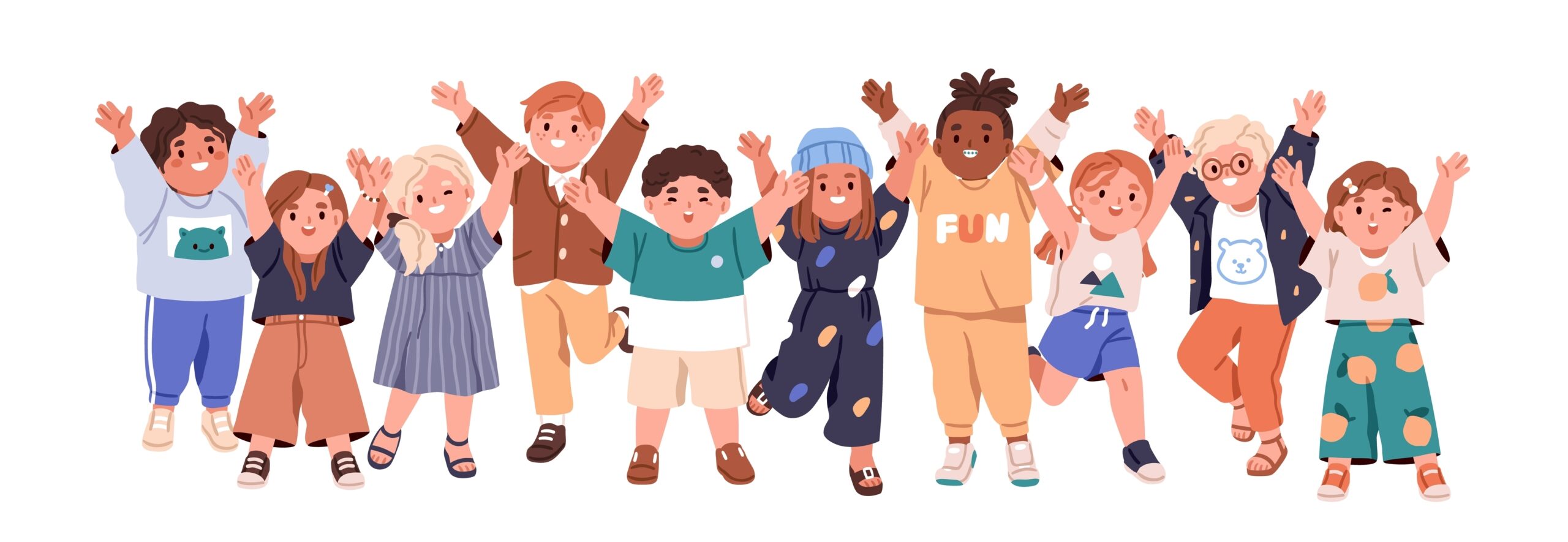Down Syndrome
What is Down syndrome and how does it affect a child’s development?
Down syndrome is a genetic condition where an individual has an extra copy of chromosome 21, leading to developmental and intellectual challenges. This extra genetic material affects physical growth, cognitive abilities, and can cause distinct facial features. Early intervention can significantly improve developmental outcomes.
What are the different types of Down syndrome (Trisomy 21, Translocation, Mosaicism)?
-
Trisomy 21: The most common form, occurring in about 95% of cases, where every cell in the body has three copies of chromosome 21.
-
Translocation Down syndrome: Occurs when a part of chromosome 21 becomes attached to another chromosome, present in about 3% of cases. Mayo Clinic
-
Mosaic Down syndrome: A rare form where some cells have three copies of chromosome 21, and others have the typical two, affecting about 2% of individuals. CDC
How is Down syndrome diagnosed during pregnancy or after birth?
Prenatal Diagnosis:
-
Screening Tests: Assess the risk of Down syndrome but do not provide definitive answers.
-
Diagnostic Tests: Include amniocentesis and chorionic villus sampling (CVS), which analyze fetal cells for chromosomal abnormalities.
Postnatal Diagnosis:
-
Physical examination at birth may suggest Down syndrome.
-
A blood test called a karyotype can confirm the diagnosis by examining the chromosomes. MedlinePlus
What causes Down syndrome in babies? Is it genetic or random?
Down syndrome typically results from a random error during cell division, leading to an extra chromosome 21. While most cases are not inherited, translocation Down syndrome can be passed from parent to child.
Can Down syndrome be prevented?
Currently, there is no known way to prevent Down syndrome. However, certain prenatal screenings can assess the risk, and early intervention can help manage developmental challenges.
What are the early signs and symptoms of Down syndrome in infants?
Common signs include:
-
Flattened facial features
-
Almond-shaped eyes
-
Short neck
-
Poor muscle tone
-
Single crease across the palm
-
Short stature
-
Delayed developmental milestones
How do physical and facial features differ in children with Down syndrome?
Children with Down syndrome often exhibit: Mayo Clinic
-
Flattened nose bridge
-
Upward slanting eyelids Mayo Clinic
-
Small ears Dreamstime
-
Shortened limbs CDC
-
A protruding tongue
-
A single palmar crease
What medical conditions are common in individuals with Down syndrome?
Individuals may experience: Mayo Clinic
-
Congenital heart defects National Down Syndrome Society
-
Hearing and vision problems Parents
-
Obstructive sleep apnea
-
Thyroid disorders
-
Gastrointestinal issues
What is the life expectancy for someone with Down syndrome today?
Advancements in healthcare have increased life expectancy for individuals with Down syndrome. In 1960, the average age was about 10 years; by 2007, it had risen to approximately 47 years. CDC
How does Down syndrome affect speech and language development?
Children with Down syndrome often experience delays in speech and language due to:
-
Low muscle tone affecting oral motor skills Parents.com
-
Hearing impairments
-
Cognitive delays
Early speech therapy can support language development. Mayo Clinic
How does Down syndrome impact learning and intellectual development?
Most individuals have mild to moderate intellectual disability, affecting:
-
Memory and learning Mayo Clinic
-
Attention and focus National Down Syndrome Society
-
Problem-solving skills
Early educational interventions can enhance cognitive development.
Can children with Down syndrome attend mainstream schools?
Yes, many children with Down syndrome attend mainstream schools with appropriate accommodations and support, such as:
-
Individualized Education Programs (IEPs)
-
Speech and occupational therapy MedlinePlus
-
Classroom aides
Inclusion promotes social skills and academic growth.
What therapies are recommended for children with Down syndrome?
Recommended therapies include:
-
Physical Therapy: Enhances motor skills and coordination.
-
Speech Therapy: Improves communication abilities.
-
Occupational Therapy: Assists with daily living skills.
When should early intervention services start for Down syndrome?
Early intervention for Down syndrome should begin as soon as the diagnosis is confirmed, ideally within the first few months of life. Starting therapy early can significantly improve cognitive, motor, speech, and social development during the brain’s most critical period for learning. Early support helps children meet milestones more effectively and reduces developmental delays.
How can occupational, speech, and physical therapy help kids with Down syndrome?
-
Occupational Therapy (OT) improves fine motor skills, self-care abilities (like feeding and dressing), and sensory integration.
-
Speech Therapy helps children with Down syndrome develop communication skills, improve articulation, and overcome oral-motor challenges.
-
Physical Therapy (PT) focuses on building gross motor skills, strength, balance, and coordination—essential for walking, sitting, and other physical milestones.
Early, consistent therapy fosters independence, social participation, and academic readiness.
Can individuals with Down syndrome live independently as adults?
Yes, many adults with Down syndrome live semi-independently or independently, depending on their cognitive abilities and available support systems. With access to life skills training, supported employment, and community programs, some individuals can manage their own housing, jobs, and daily tasks, especially in inclusive living environments.
What are common behavioral challenges in children with Down syndrome?
Children with Down syndrome may face behavioral challenges such as:
-
Stubbornness or resistance to change
-
Short attention span
-
Impulsivity
-
Sleep disturbances
-
Sensory processing difficulties
Positive behavior strategies, consistency in routines, and early behavioral interventions can help manage these issues.
How can parents support the emotional and social development of a child with Down syndrome?
-
Foster strong communication and emotional bonding.
-
Encourage peer interaction through inclusive play and group activities.
-
Teach emotional regulation using visuals and social stories.
-
Support participation in community events, sports, or arts programs.
-
Model appropriate social behavior and celebrate small achievements.
What are the best educational strategies for teaching children with Down syndrome?
-
Use visual aids and hands-on learning tools.
-
Break instructions into small, manageable steps.
-
Incorporate repetition and routine to reinforce learning.
-
Provide individualized support through IEPs.
-
Utilize multi-sensory teaching techniques to engage learners.
Collaboration between teachers, therapists, and families is crucial for academic success.
Are there support groups and resources for families of children with Down syndrome?
Yes, families can benefit greatly from:
-
Local Down syndrome support groups
-
National organizations like the National Down Syndrome Society (NDSS) and Global Down Syndrome Foundation
-
Parent-led Facebook groups and forums
-
Early intervention services and regional centers
-
Therapist referrals and educational advocacy services
Support networks provide emotional guidance, educational resources, and advocacy help.
What medical screenings are important for children with Down syndrome?
Children with Down syndrome should receive regular health screenings for:
-
Congenital heart defects (echocardiogram)
-
Thyroid function (TSH tests annually)
-
Hearing and vision
-
Sleep apnea (polysomnography)
-
Cervical spine instability (atlantoaxial instability)
-
Celiac disease and other autoimmune conditions
These screenings help manage or prevent serious complications.
Is there ongoing research for improving life quality in people with Down syndrome?
Yes. Active research is focusing on:
-
Cognitive enhancement therapies
-
Early learning interventions
-
Speech and language technologies
-
Alzheimer’s disease prevention in Down syndrome
-
Inclusive education models
-
Gene therapy and drug trials aimed at improving neural development
Ongoing studies aim to enhance independence, longevity, and brain function.
What is the connection between Down syndrome and Alzheimer’s disease?
People with Down syndrome have a higher risk of developing Alzheimer’s disease, typically in their 40s or 50s. This is due to the extra chromosome 21 carrying the APP gene, which is linked to beta-amyloid plaque buildup in the brain. Early memory screening and neurological monitoring are critical.
Can adults with Down syndrome get married and have children?
Yes, adults with Down syndrome can marry and form long-term relationships. Women with Down syndrome can become pregnant, although there is a higher risk of passing on the condition. Men with Down syndrome are typically less fertile, but paternity is still possible in rare cases.
How has life expectancy changed for people with Down syndrome in recent decades?
Life expectancy for individuals with Down syndrome has more than quadrupled in the past 60 years. Thanks to advances in healthcare, nutrition, and early intervention, the average life expectancy is now 50–60 years, with some individuals living into their 70s.
How has life expectancy changed for people with Down syndrome in recent decades?
Life expectancy for individuals with Down syndrome has more than quadrupled in the past 60 years. Thanks to advances in healthcare, nutrition, and early intervention, the average life expectancy is now 50–60 years, with some individuals living into their 70s.
Disclaimer
The information provided in this document is for educational purposes only and should not be used as a substitute for professional medical advice or treatment.
What are other parents reading?
Separation anxiety can feel overwhelming—for both children and parents. For families of children with special needs, the challenges can become
Separation anxiety can be tough on any child, but for children with special needs, it often goes hand in hand
Picture this scene: You’ve finally gotten your baby into a comfortable sleep routine. Nights are restful, naps are scheduled, and
Find a Therapist
Find the physical therapist, occupational therapist, or speech language pathologist you are looking for!
Ask Us Anything
Whether you are looking for advice, have a general question about sensory processing, or are looking for resources - we are here to help!
Ask Us Anything
Submit Your Story
Share your story about your child. Let’s celebrate milestones and learn more about challenges.











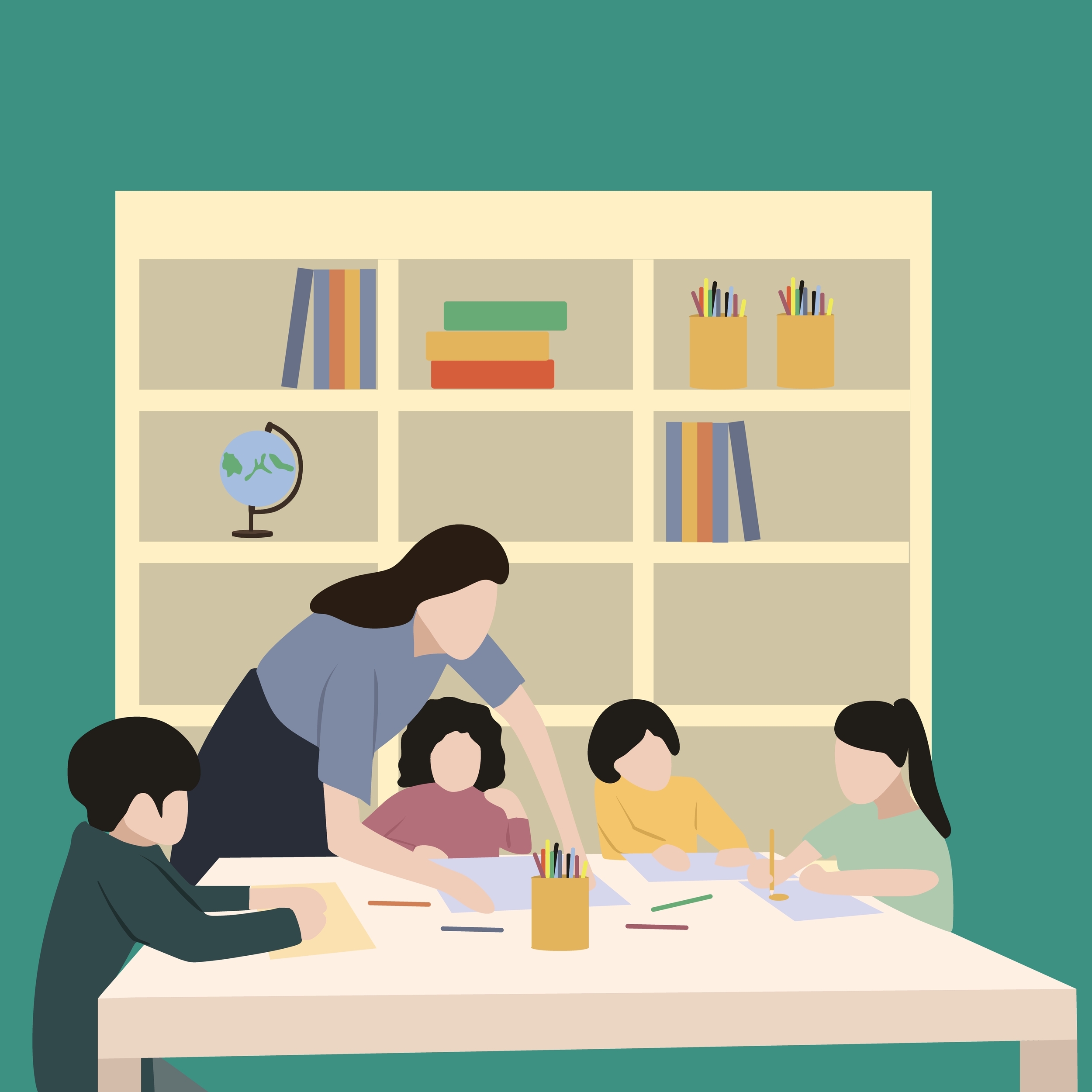


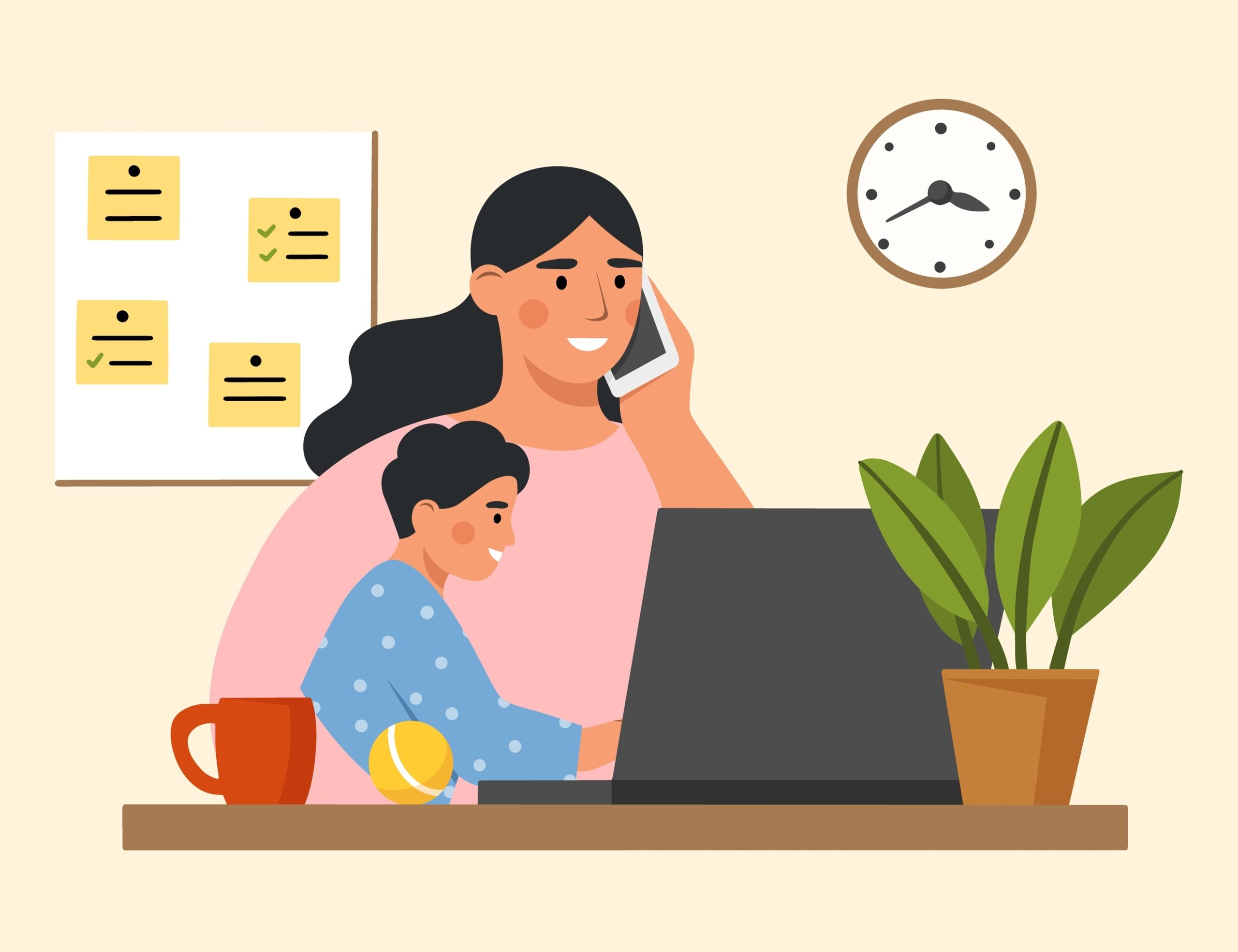


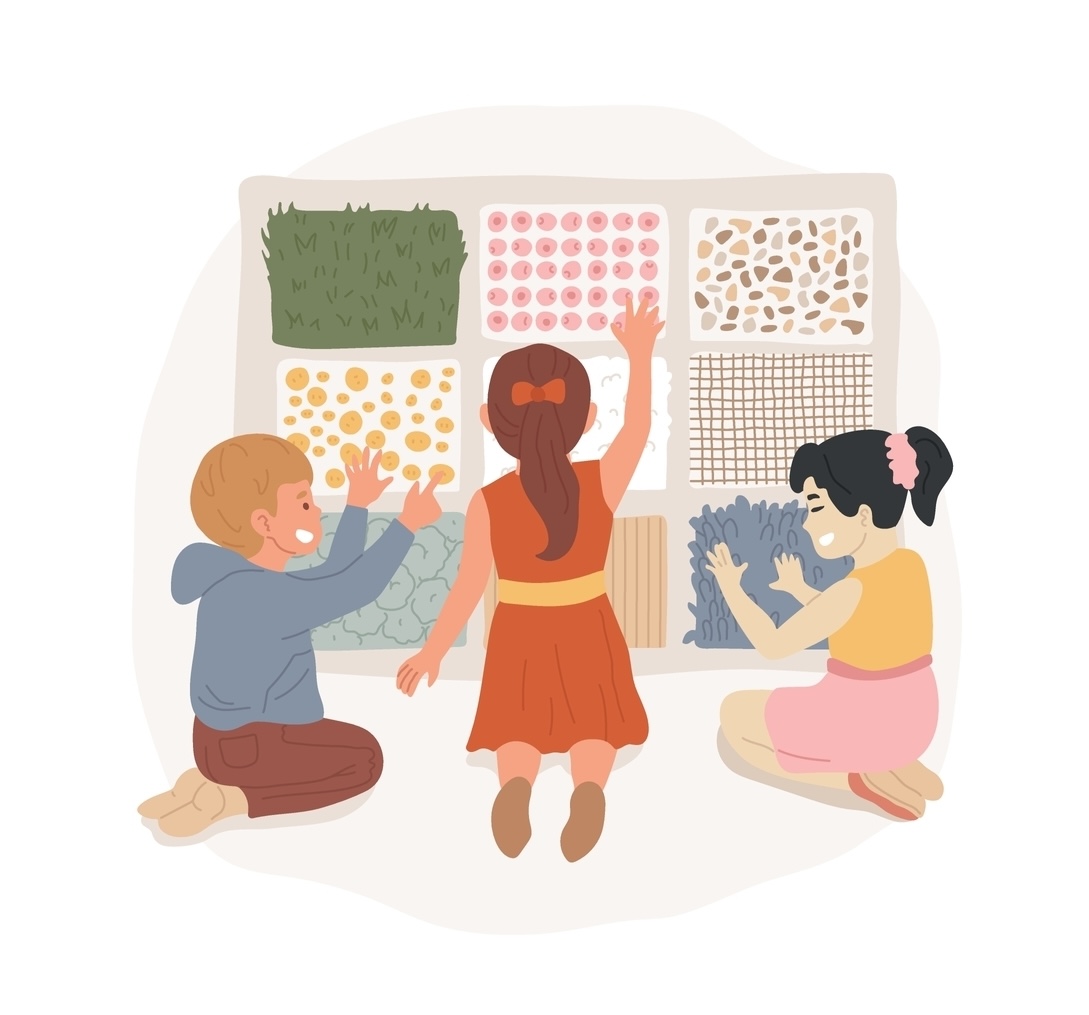


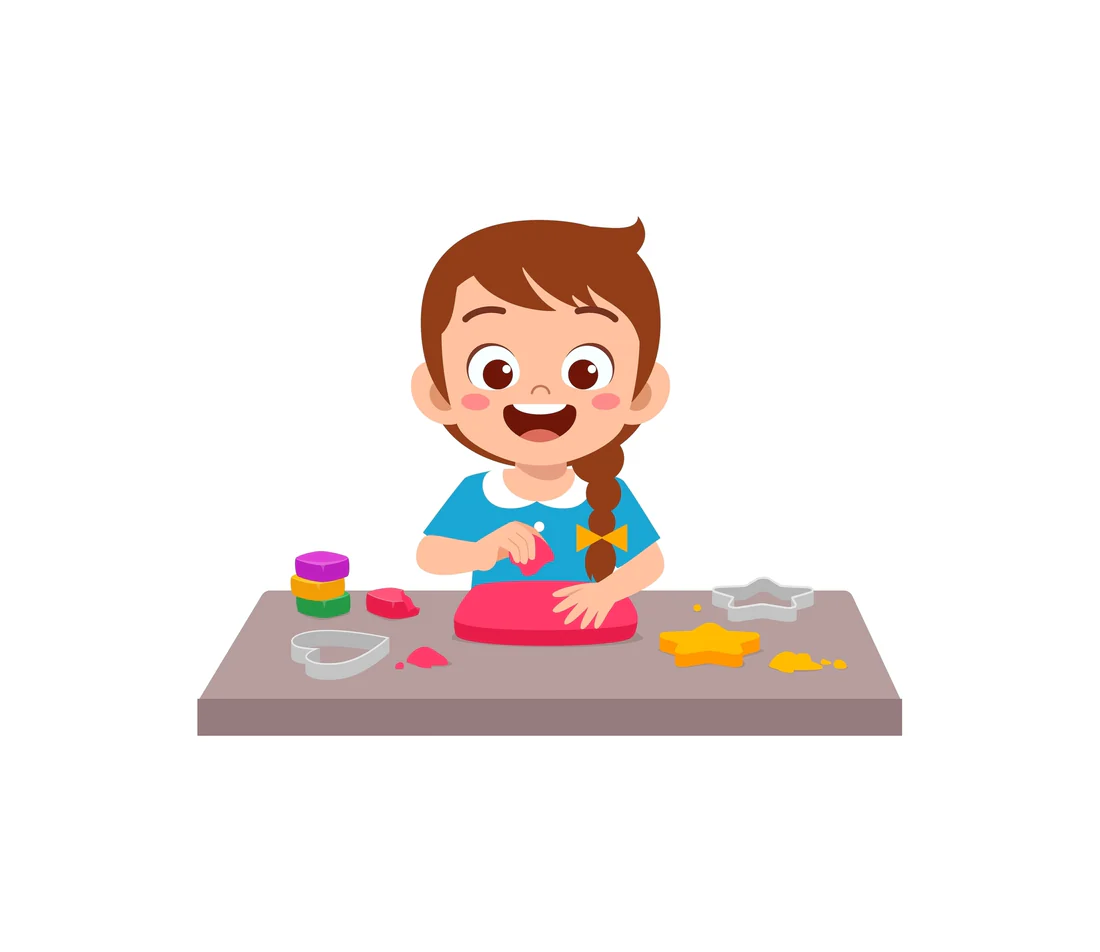
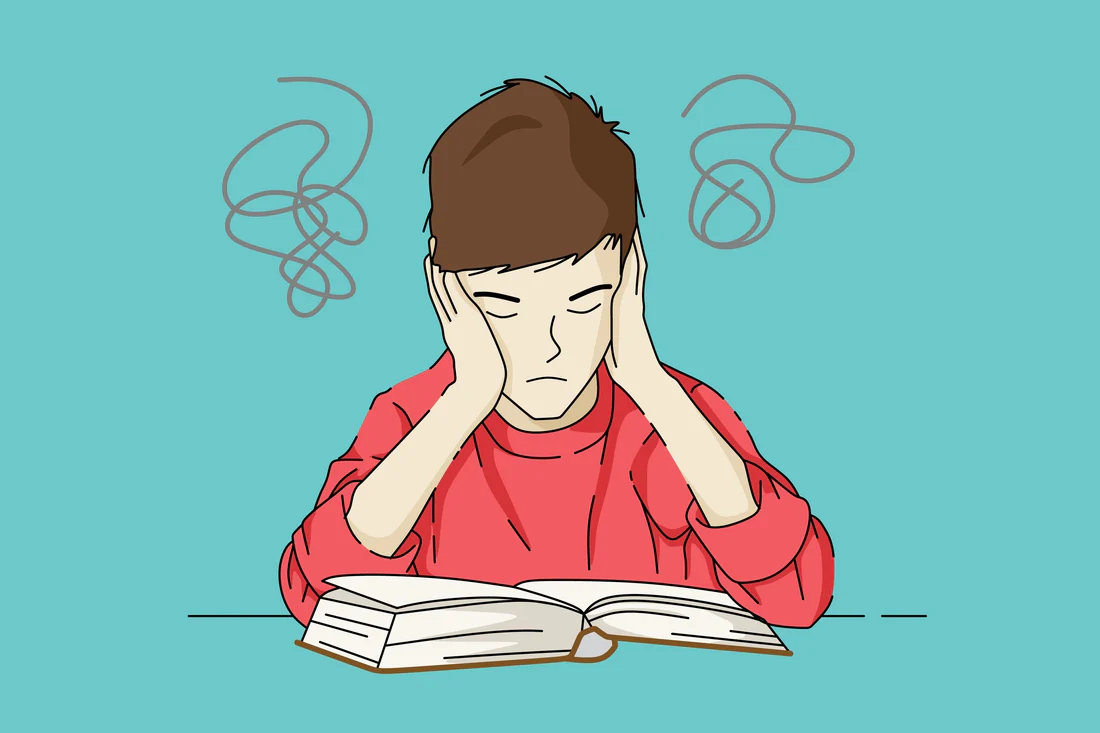
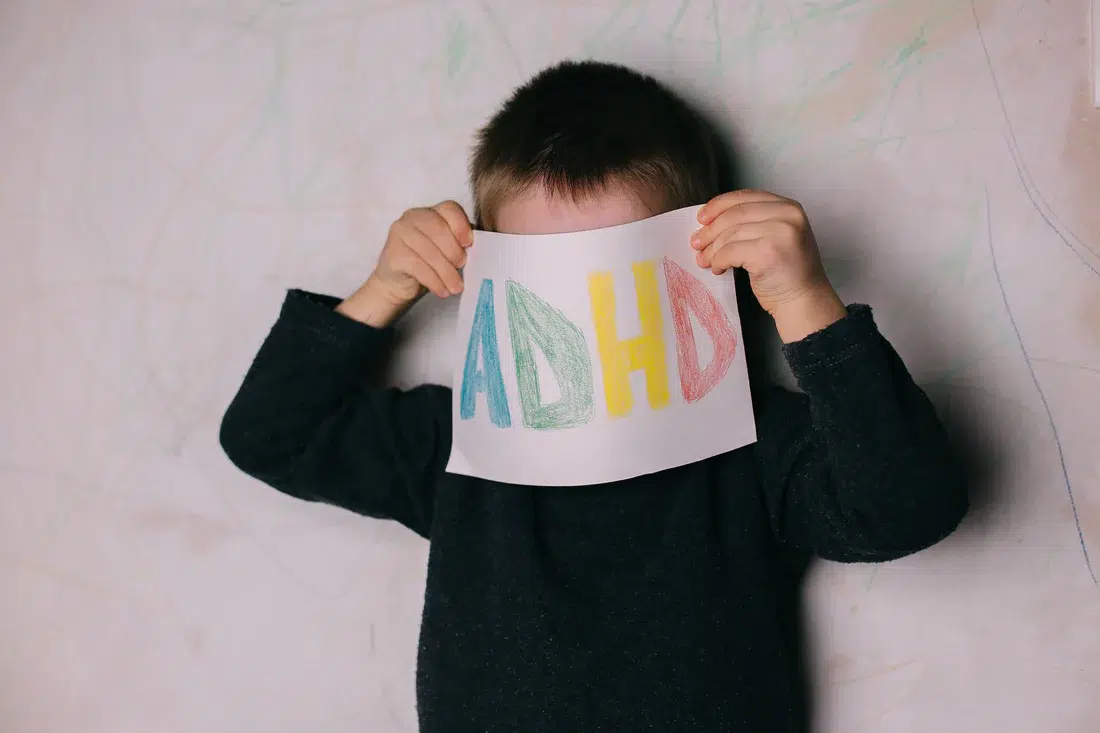


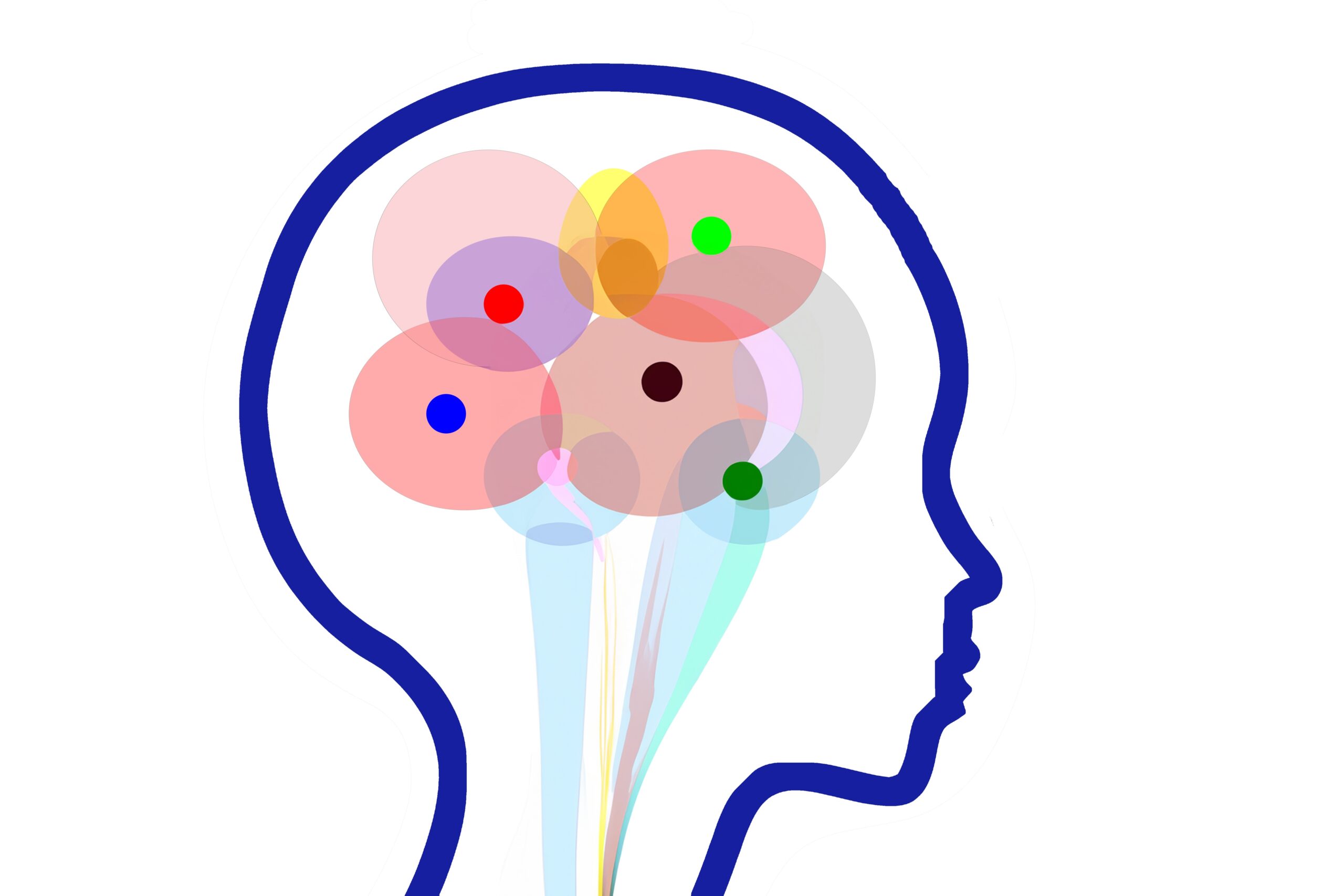
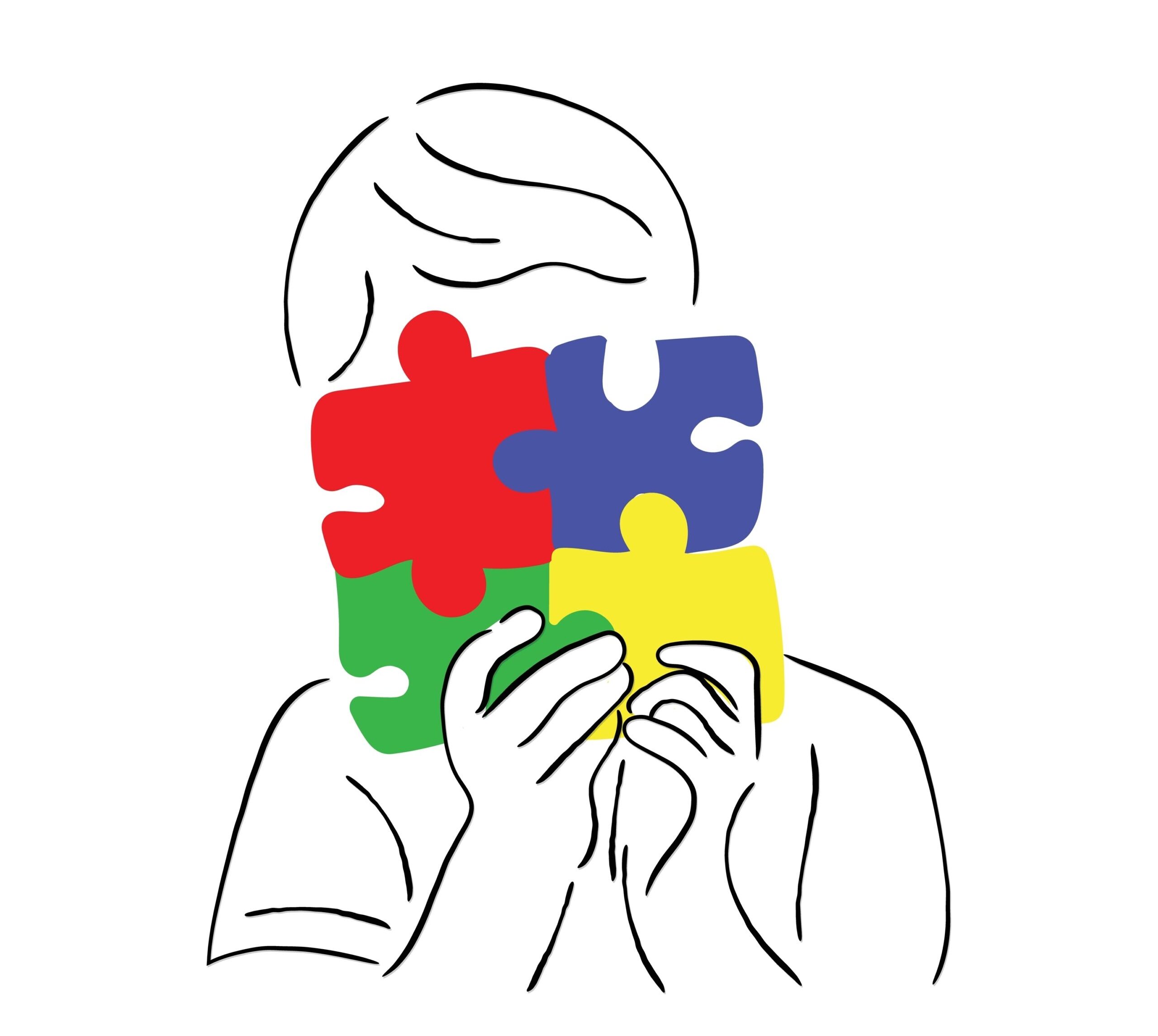
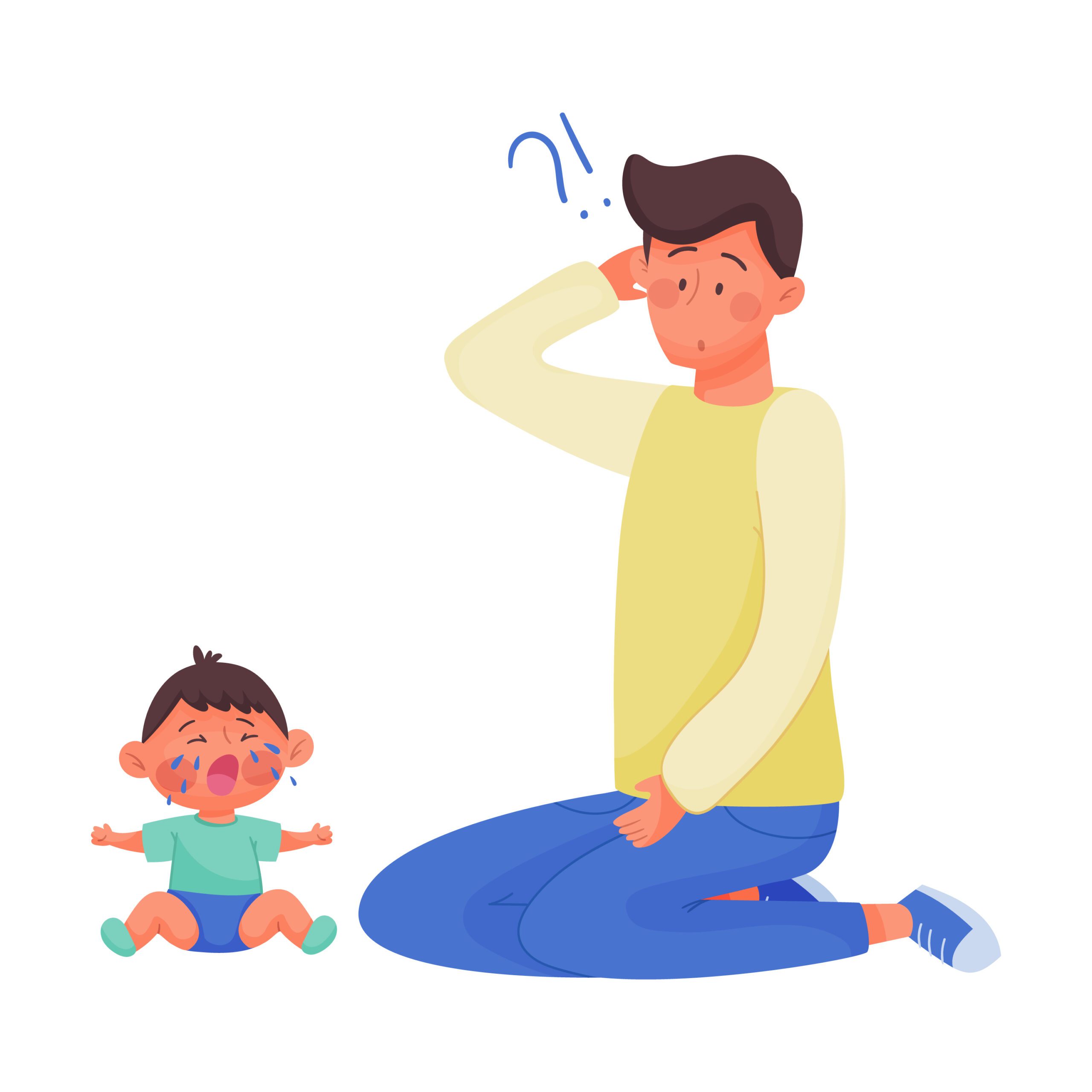

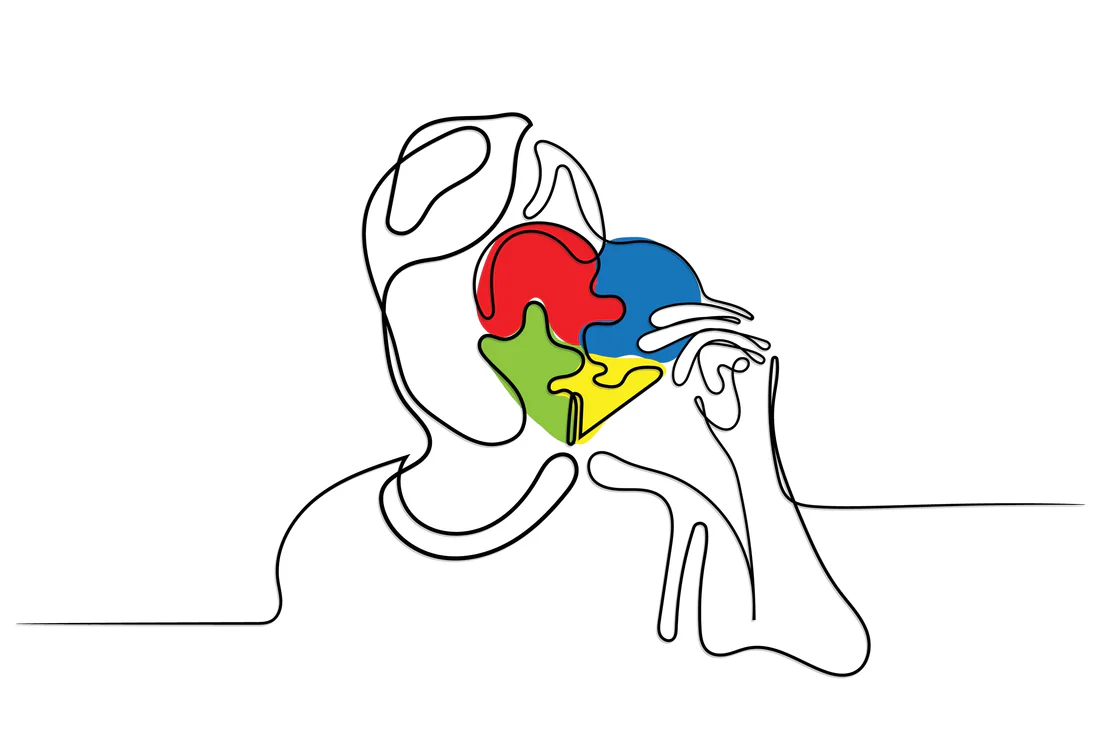










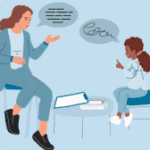 Speech Therapy
Speech Therapy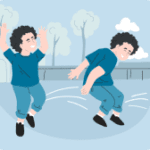 Physical Therapy
Physical Therapy Occupational Therapy
Occupational Therapy



